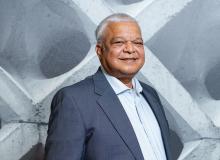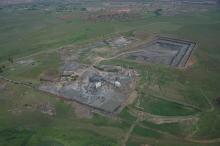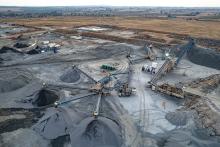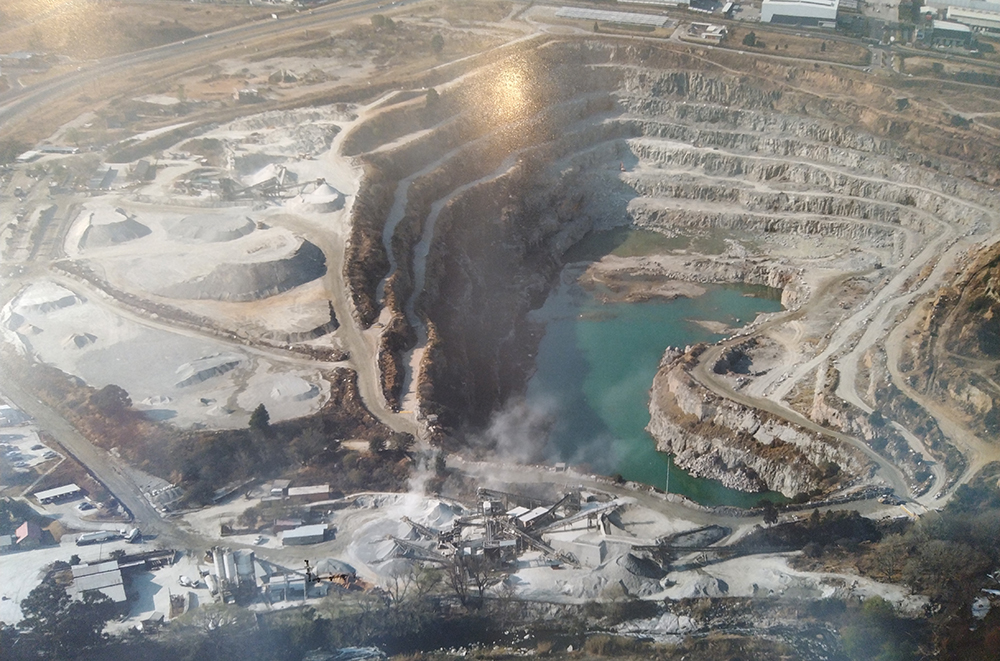
Having enjoyed a thriving construction materials market for the better part of the last decade, AfriSam’s Jukskei Quarry has had to contend with a drastic dip in demand in recent years. When first established in the late 1950s, the quarry was considered to be far-flung from any meaningful construction development at the time.
However, due to rapid urbanisation in its vicinity in recent years, anchored by the ZAR16 billion (US$885.7 million) Waterfall City mixed-use development, Jukskei became one of AfriSam’s busiest quarries between 2015 and 2018. Apart from the thriving commercial development activity in the area, the quarry was at one point the principle construction materials supplier for major infrastructure projects in the area, including highways and bridges.
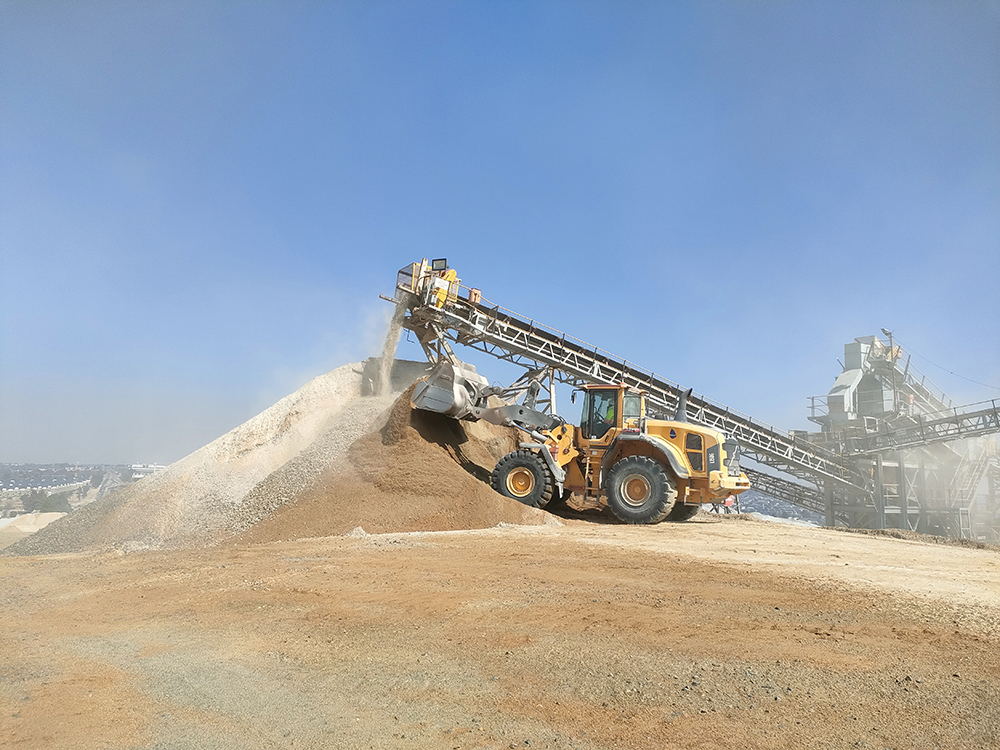
Mohamed Docrat, works manager at AfriSam Jukskei, says the market has changed significantly in the past four years. While the post-COVID volumes have started picking up slightly, they are still nowhere near the 2015-2018 levels.
One of the major trends, notes Docrat, is the noticeable increase in small and medium enterprises (SMEs) being contracted to execute government infrastructure projects. To provide context, a 40-km road project that would traditionally be undertaken by a single large contractor is now allocated to about four emerging contractors.
One of the emerging contractors’ operating models is to shop around for “cheaper” construction materials, resulting in what Docrat calls a “price war” in the market. Due to affordability, emerging contractors are also ‘buying down’ on quality of aggregates. In fact, this trend is prevalent across both public and private construction projects.
“The dynamics of the market have changed completely,” says Docrat. “High-spec material such as G1 is now being replaced with lower-spec products like G2. This approach is not only driven by contractors, but the concept is even being embraced by developers and consultants. While we have adapted to these new realities, the challenge is that our production processes for either high- or lower-spec material remain the same, which impacts our bottom line.”
Another major trend, notes Docrat, is the emergence of resellers. Previously, he says, resellers were largely suppliers of sand, but in the past two years, they have spread their wings to other areas of the market.
“This is traditionally common in Cape Town, but in the past two years we have seen it taking root in our market as well. The emergence of resellers has to some extent resulted in the price war. Armed with large fleets of trucks, they are able to shop around and influence prices. The rules of the game have therefore changed significantly. We believe it’s a buyer’s market at the moment, with customers dictating the price of aggregates,” says Docrat.
In such an ever-changing market, Docrat believes it is imperative to grasp the new trends, understand their implications and act accordingly. Adaptability and flexibility, he says, are the most essential skills to respond to such an evolving and cut-throat trading environment.
As part of the company’s response to a low-volume market, Jukskei has adopted a demand-driven strategy, where production is based – as far as possible – on actual customer orders rather than market projections. In fact, this strategy has been adopted across all AfriSam operations.
In addition, recycling, especially readymix concrete waste, continues to grow in importance at Jukskei. This not only addresses environmental issues, but also allows the quarry to meet the growing demand for lower-spec material at a lower cost of production.
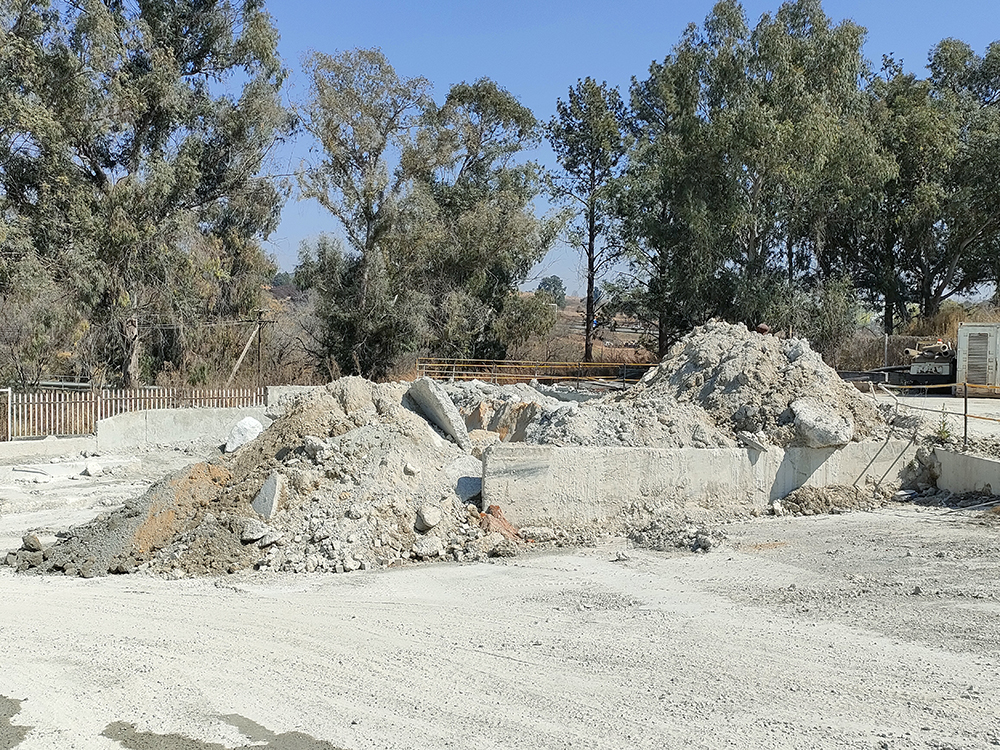
“As part of our contribution to the circular economy, we take all the waste material, mainly return concrete from the readymix trucks, and stockpile it to dry. We then employ a hydraulic hammer to break down some of the big blocks of concrete into smaller, manageable sizes that can be fed into the processing plant. The recycled concrete is blended with some of the virgin material to produce lower-spec subbase products such as G5, G6 and G7,” says Docrat.
Key to the ability to produce some of the new material specs is the flexibility of both the plant and personnel. “We have good flexibility at our Plant B, which allows us to switch between products. For example, within two days, we can change over to either aggregate or G-mode, which is crucial, especially in the current market conditions,” says Docrat.
Key to realising the flexibility of the plant is a team of experienced personnel willing to adapt to meeting the ever-changing market requirements, says Zielas du Preez, regional manager Gauteng and Cape Operations at AfriSam.
“One of the key trends in the market is the constant request for new material sizes, especially specific sand-grading envelopes with reduced fines on the -75 micron envelope to assist clients with water demands on mix designs. Thanks to our experienced team, we have successfully managed to trial different types of sands without incurring huge costs. The flexibility of our plants, matched by that of our team on the ground, gives us the edge to address any special requests,” says du Preez.
Contractor partners working on site have also heeded the call for agility and flexible operation, adds du Preez. “Despite all the changes we experience in our business, our service providers have been understanding and accommodative. We have, for example, agreed to remodel our contract with the load and haul contractor to accommodate our demand-driven production model. The contractor is willing to make changes to the fleet at short notice,” he says.
The same flexible and cooperative approach has been adopted by the drill and blast contractor. “With all the uncertainty in the market, sizes and frequency of blasts vary significantly. We have therefore remodelled our contracts to be able to navigate the market uncertainty. Our contractor partners have been supportive and have assisted us in finding our way through the ups and downs of the market,” says du Preez.
While the rapid urbanisation in the Midrand area has previously boosted the quarry’s business, it has also meant that the operation now finds itself bordered by communities – a business park to the north and a residential area to the south. With some of the buildings as close as just over 100m away, it is therefore important to forge strong community relations.
“In such a highly developed area, the ability to adapt is crucial,” says Docrat. “About four years ago, we started visiting all our neighbours to acquaint them with the activities of the quarry. We also have quarterly community meetings to keep them informed of some of the developments and changes at our operation,” says Docrat.
The closest development is only 110m away from the northern face of the quarry. Here, AfriSam has entered into a special agreement to finalise mining on this face and change the mining footprint. The mining team has already sterilised three benches, with the fourth one almost complete.
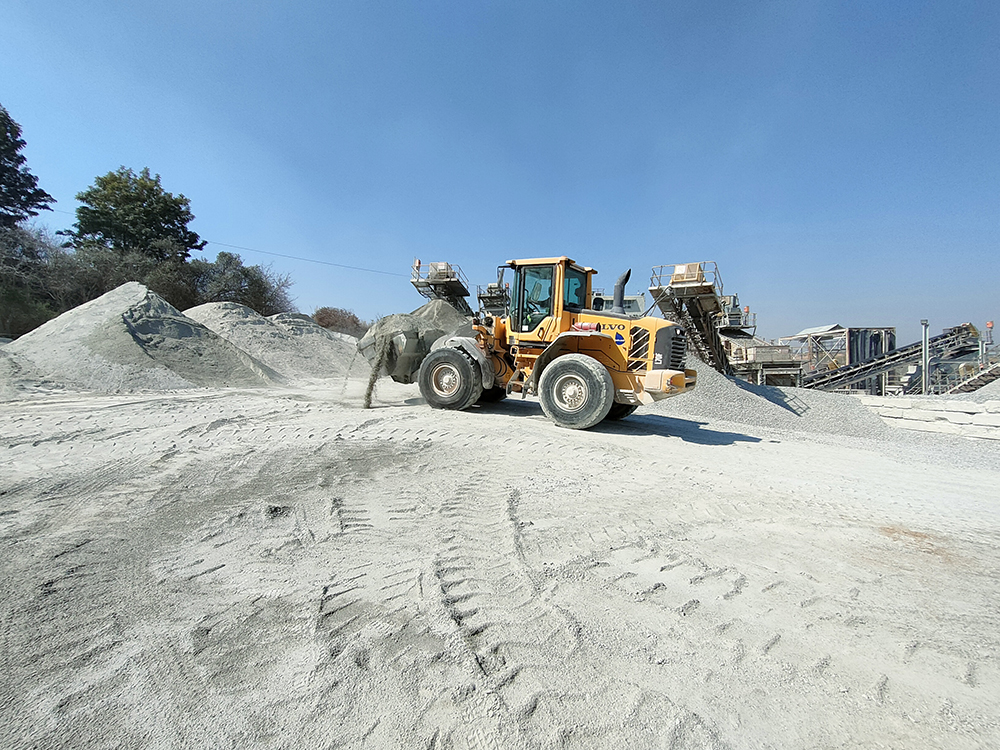
For an operation that is close to communities, blasting poses major challenges. “We have over the years adapted our blasting practices. In our quest to blast for safety, we have tweaked a number of parameters such as burden, spacing, powder factor, timing, design and stemming, among others,” says Docrat.
To further improve its blasting practices, Jukskei was one of the early adopters of the Varistem stemming plugs in the local quarrying industry. Docrat says the most important factor in achieving a safe and efficient blast is to contain energy in the hole, and good stemming creates more resistance at the top of the blast hole and directs the energy to where it’s needed – the rock mass.
Docrat says the Varistem stemming plugs have proven to be key to good blast outcomes. On the health and safety side, there has been a reduction in flyrock, noise and airblast. From a productivity point of view, there has been a marked improvement in fragmentation.
Apart from these blast improvements, three fixed vibration recorders have been installed at some of the closest neighbours’ premises to monitor the impact of blasts. Two portable recorders are also planted at different locations to monitor issues such as airblast and ground vibrations. These are monitored by a third party, Blast Analysis Africa, which provides an independent report every month.
A strong focus on safety is paying dividends, with no lost-time injury (LTI) recorded in the past four years, confirms Docrat.
“Safety is one of the main drivers on site. Our Competence Based Safety programme is at the heart of our safety achievements. This is an employee-driven safety programme, where they are allowed to take ownership of safety on site. Good safety behaviour is recognised, while unsafe behaviour is quickly addressed through coaching,” concludes Docrat. AB
• This article first appeared in Quarrying Africa magazine

